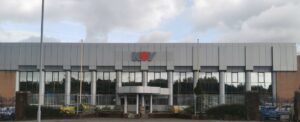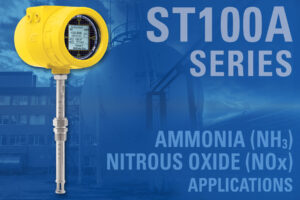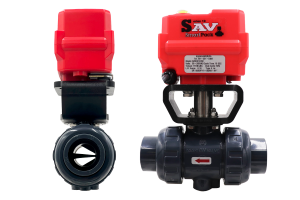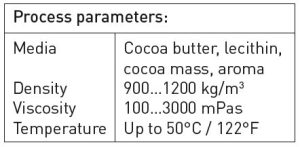Located in the Melbourne suburb of Bangholme, some 19 miles south-east of the city centre, Melbourne Water’s Eastern Treatment Plant (ETP) treats almost half of all Melbourne’s sewage, an average of 330 million litres a day. Constructed in 1975, the 1,000 ha site is now the second-largest wastewater treatment plant in Australia and the largest activated sludge plant in the Southern Hemisphere and produces Class A recycled water from an advanced tertiary treatment system.
The path to net zero
The ETP has aways generated energy from sewage gas, and the site houses seven power generators which are capable of running solely on biogas – produced through the anaerobic digestion of sludge during the first and second phases of water treatment. In 2020, Melbourne Water began a project with John Holland-KBR Joint Venture to upgrade the biogas handling system at the Eastern Treatment Plant to make it more efficient, resilient and future proof. Expanding capacity, preventing corrosion and sedimentation, and extending the working life of equipment were key aims, with specific requirements to remove liquid droplets and moisture and to minimise the size and cost of any necessary cooling system.
An energy-intensive process, sewage transfer and treatment is responsible for around 85% of Melbourne Water’s total greenhouse gas (GHG) emissions, so contributing to the company’s Net Zero commitment was a main target for the project. “However, with existing assets nearing the end of their service life, ensuring that the new asset can service future production growth and plant upgrades was also essential,” says Nick Fung, Senior Project Manager at Melbourne Water. Increasing reliability for the operations team on site and improving safety across both operation and maintenance were further aims.
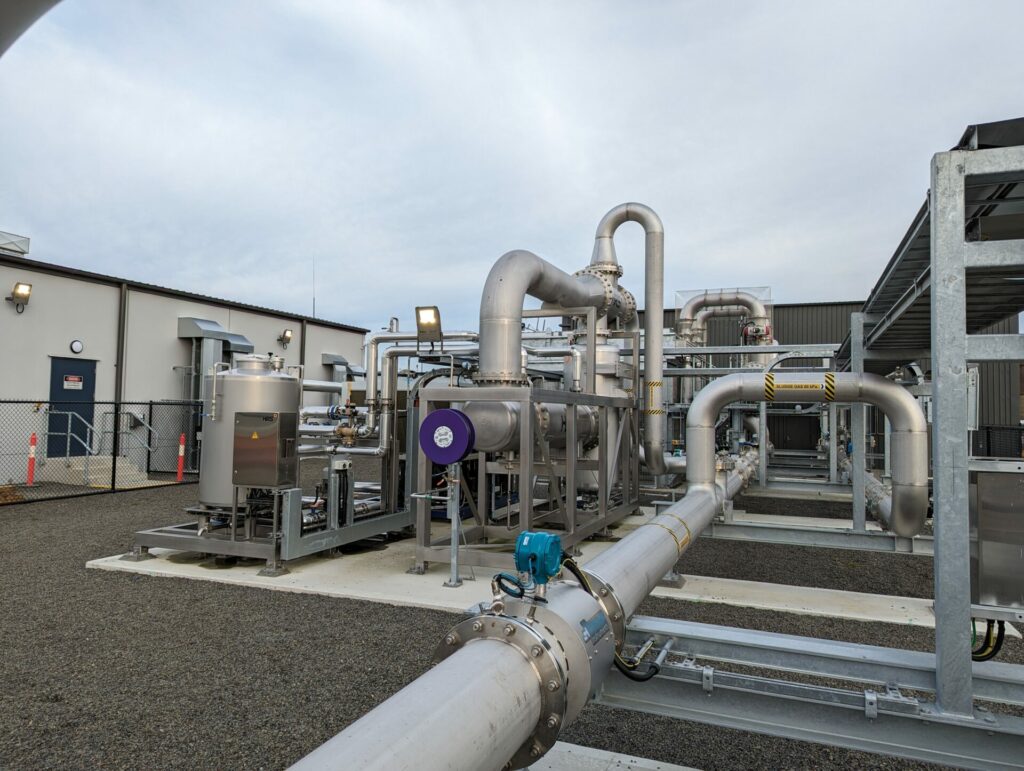
Energy-saving solution
Biogas contains hydrogen sulphide (H2S) gas, which condensates out to form a highly corrosive liquid. Including a system to remove most of the moisture from the gas was therefore essential to minimise the amount of corrosion and degradation of the power station generators, while also limiting operational downtime and reducing the need to import electricity from the grid.
HRS Heat Exchangers were one of five companies invited to tender for the moisture removal equipment in the project. The HRS BDS removes water from biogas, protecting combined heat and power (CHP) engines and generator sets from corrosion and cavitation. It condenses more than 90% of the water present in biogas by reducing the temperature to leave a clean, green gas. The addition of heat regeneration technology means the cold biogas produced can be used to pre-cool the incoming warmer biogas. This reduces the load on the final cooling heat exchanger and saves valuable energy.
The BDS supplied as part of the project has a maximum capacity of 4,161 m3/hr (4,710 kg/hr), while the inclusion of an energy recovery section subsequently reduces the eventual chiller load by 30%, improving the overall energy footprint of the whole project. This BDS consists of two heat exchangers, a regeneration unit, and a final cooler, supplied on two skids. One skid – which is located in a hazardous area zone – contains the heat exchangers, a condensate knockout pot, a condensate drain line, and all the relevant IECEx-rated instrumentation. The second skid contains a buffer tank, standby and duty glycol pumps, and all the relevant glycol line process control valves and instruments. HRS also supplied an additional chiller and detailed process control descriptions, enabling the joint venture engineers to provide overall control and automation systems for the client.
Overcoming complex design parameters
Added design complexity came from the fact that the BDS needed to meet the requirements of two different operational stages, each of which contains four duty requirements. This meant a complex thermal design process was necessary to make sure that the supplied unit could meet all eight of the potential design scenarios.
Ella Taghavi, Project Manager and Technical Lead at HRS Heat Exchangers, explains: “Designing the BDS for the Melbourne Water project posed a significant challenge as it needed to cater to both current and future demands, with two very different conditions in each phase.
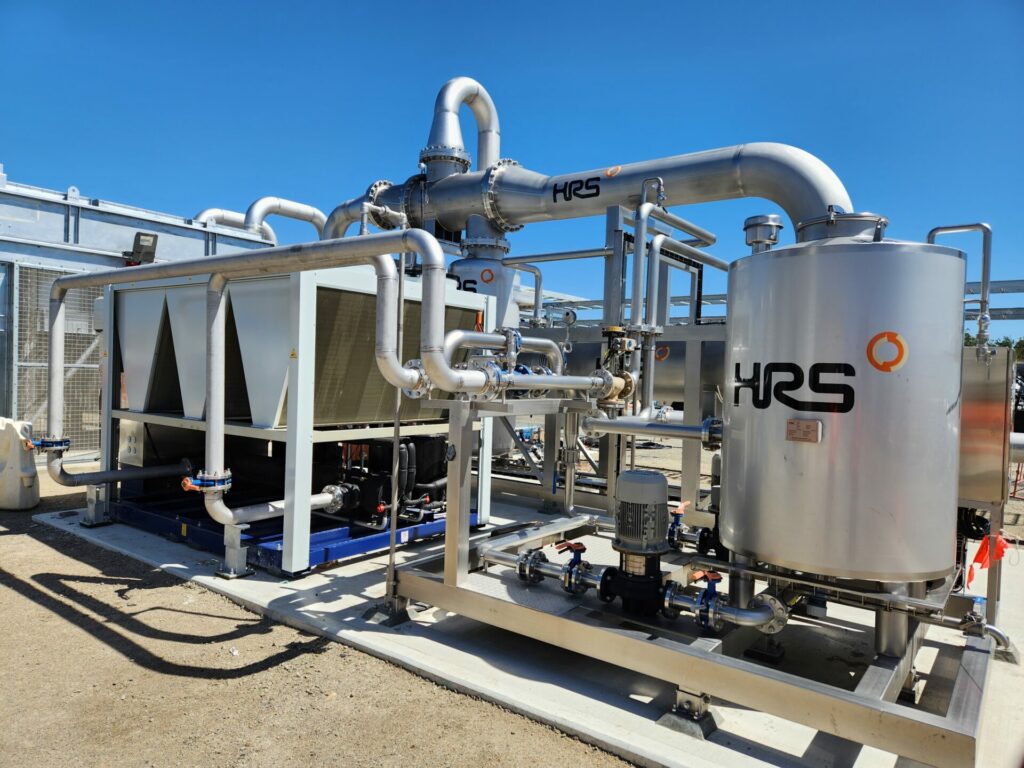
“The current first phase uses biogas supplied by the compressors and aftercoolers at an average pressure of 66 kPa. In the second (future) scenario, the gas is supplied following a number of additional treatments at an average pressure of 5 kPa and then supplied to the compressors. We therefore had to deal with two very different inlet conditions.
“The addition of heat regeneration added further complexity in terms of design. However, thanks to our cutting-edge technology, not only were capital costs reduced as a smaller chiller could be specified, but regeneration is also helping to lower ongoing operational costs.”
Robust and reliable
From being awarded the contract in July 2021, it took less than twelve months for HRS to install this bespoke BDS on site, with commissioning completed in June 2022.
“HRS have worked with the JH-KBR JV project team since 2020 and we were delighted when they asked us to bid on this project,” adds Ella. “Our experience in project management, construction and logistics enabled us to overcome early design challenges and respond to necessary changes during the design and construction process. As a result, we were able to deliver a high quality product that has performed to specification since its installation.”
The John Holland-KBR team noted that of the five tendered solutions, the technology of the HRS BDS stood out including excellent technical support to help develop the project further with Melbourne Water, from initial concept to a detailed, functional design.
Since it was commissioned, the HRS BDS has been performing well and meeting its performance targets, with no breakdowns or interventions.
The upgrade project has improved the reliability and quality of the biogas supply to the power station at ETP, providing more confidence in its ability to provide more than 36,000 MWh (approximately 130TJ) of thermal energy for process heating. This means a reduced reliance on natural gas, making the overall operation more self-sufficient and reducing overall emissions.

Ella Taghavi, Project Manager and Technical Lead at HRS Heat Exchangers
Source of Article
